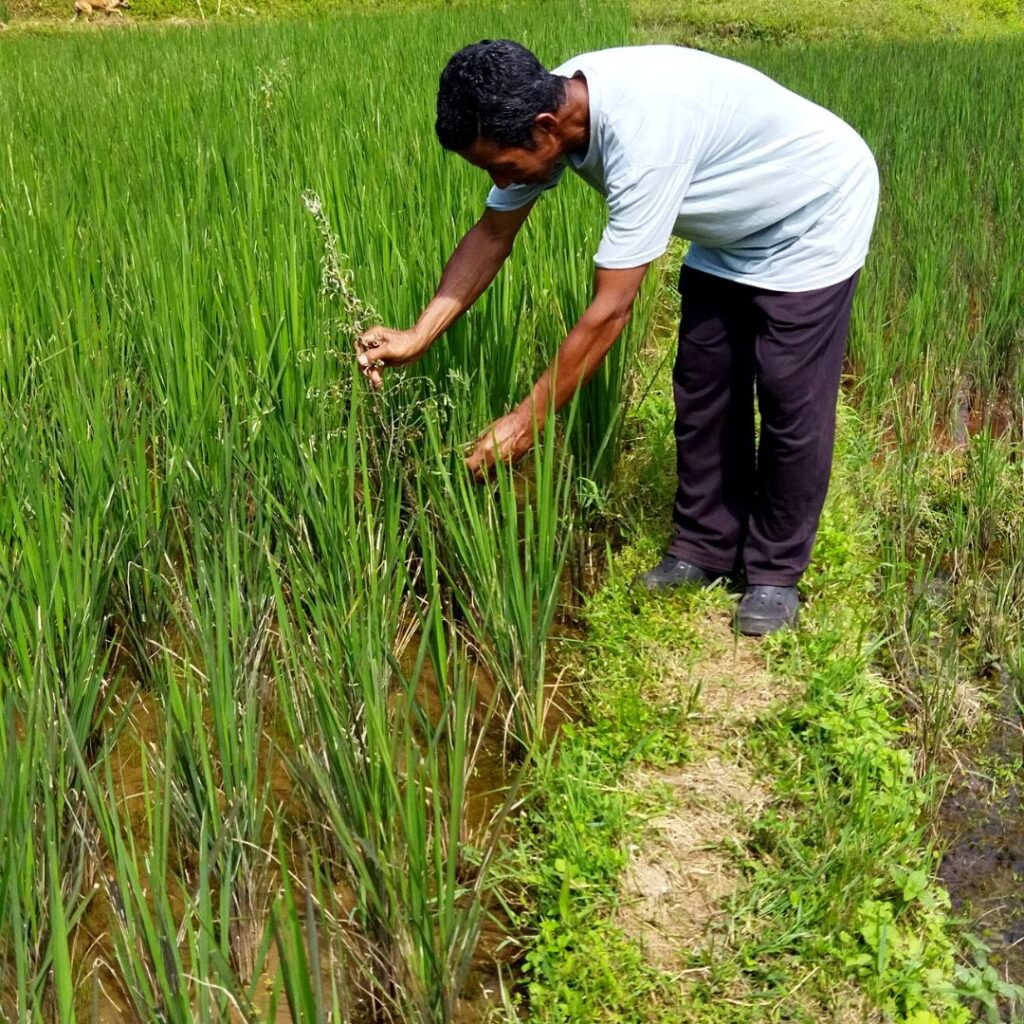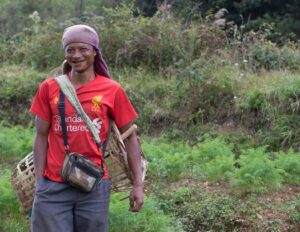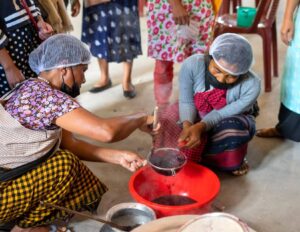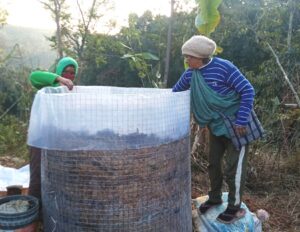Indigenous Peoples and their Ingenuity: Garo farmer concocts biopesticide drawing inspiration from old ritualistic practice.
Indigenous Peoples have always lived with reverence and respect to nature. Living off the land, they possess a unique understanding of the biodiversity around them and have acquired adaptive knowledge and skills making them some of the most resourceful people on earth. Their profound relationship with nature and their ability to observe the environment, anticipate and respond to shocks have helped them survive countless natural disasters and epidemics.
Indigenous Peoples are also known for their rich food systems which are rooted in traditional knowledge. Their food systems have ensured nutrition diversity, food, and livelihood security throughout their lives. And while most of these practices and systems of farming are knowledge from yore, Indigenous Peoples haven’t stopped learning and adapting with the change of times. Most of these adaptations have also been inspired by the traditional knowledge and practices of the past.

An example can be made of Kalman M Sangma, a 66 year old custodian farmer from Sasatgre village who uses a unique biopesticide made of mugwort to ward off pests and fungal infestation in his paddy fields. Kalman shares that the biopesticide draws its inspiration from a Garo practice of the past which involved how the Garos dealt with outbreaks of epidemics such as cholera, small pox and severe cold (sordid sagrop in Garo). According to him, during the outbreak of any epidemics in the Garo communities in ancient times, a certain set of practices were followed to ward off these diseases. This involved sacrificing a Gray Langur (monkey) while chanting “hiho hiho, ahu ahu”. Each household was encouraged to light and keep a smoky fire while this ritual was being carried out. Once the monkey is dragged out of the house, a mugwort bush was used to beat the doors and sweep every corner of the house believing that the diseases were being swept away. This ritual would be carried out across each household in the village. The community members were forbidden to look at the sacrificed monkey and this ritual was often followed by a respite in the outbreak of diseases and epidemics in the community.
Although today, with the advent of modern medicine and Christianity, the ritual is not practised anymore, there was still much to take away from the practice for Kalman: “I thought that if the mugwort plant was potent enough to ward off deadly diseases, it would also be potent enough to be used to control pests and fungal infections in my paddy fields.”
He started experimenting by making various concoctions of the mugwort plant and spraying it in his paddy field. Upon doing so, he found that a simple concoction of the grounded mugwort plant mixed with water worked wonders in controlling downy mildew that causes the yellowing of paddy plants in its initial growth stages. For pests, the branches of mugwort were cut and then planted along the paddy beds. Kalman shares that the pungent smell of the mugwort often drives pests away from entering the paddy fields. He also shared that the biopesticide has helped him mitigate pest attacks and other infestation in his fields during the delicate periods of paddy plants post transplantation.
Whilst the novel practice of using mugwort as a biopesticide has worked efficiently for Kalman, he is still the only person from his community to practice the same. However, Kalman believes that with learning and sharing platforms such as ALCs, which he is an active participant of; successful experiments rooted in tradition such as his pest management technique will catch on among his fellow farmers in no time. Kalman’s Sasatgre community is one among the many communities NESFAS is currently working with under the project “Empowering Indigenous Communities through Agroecology Learning Circles (ALCs) for resilient, integrated and innovative natural resource management”, which is supported by Meghalaya Basin Management Agency (MBMA) and funded by the World Bank.



